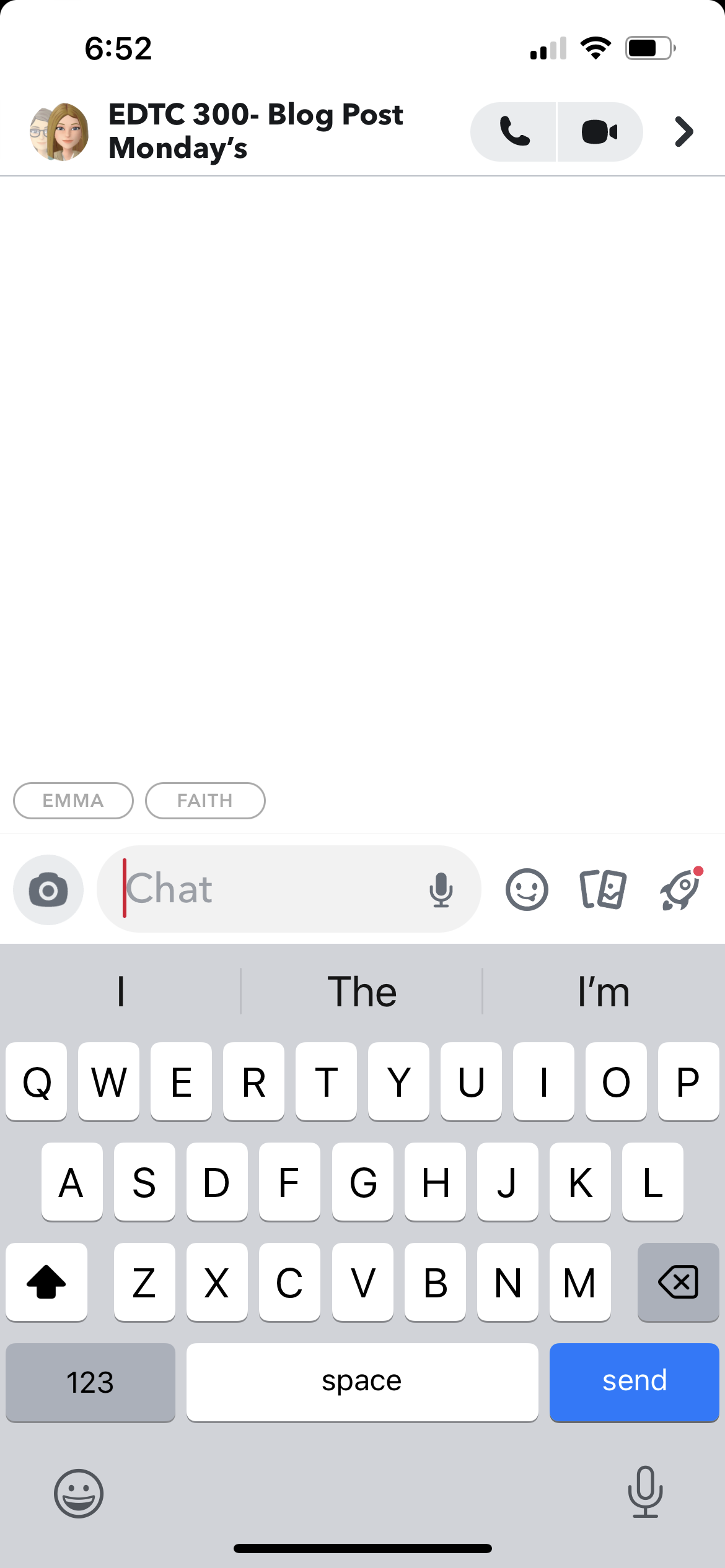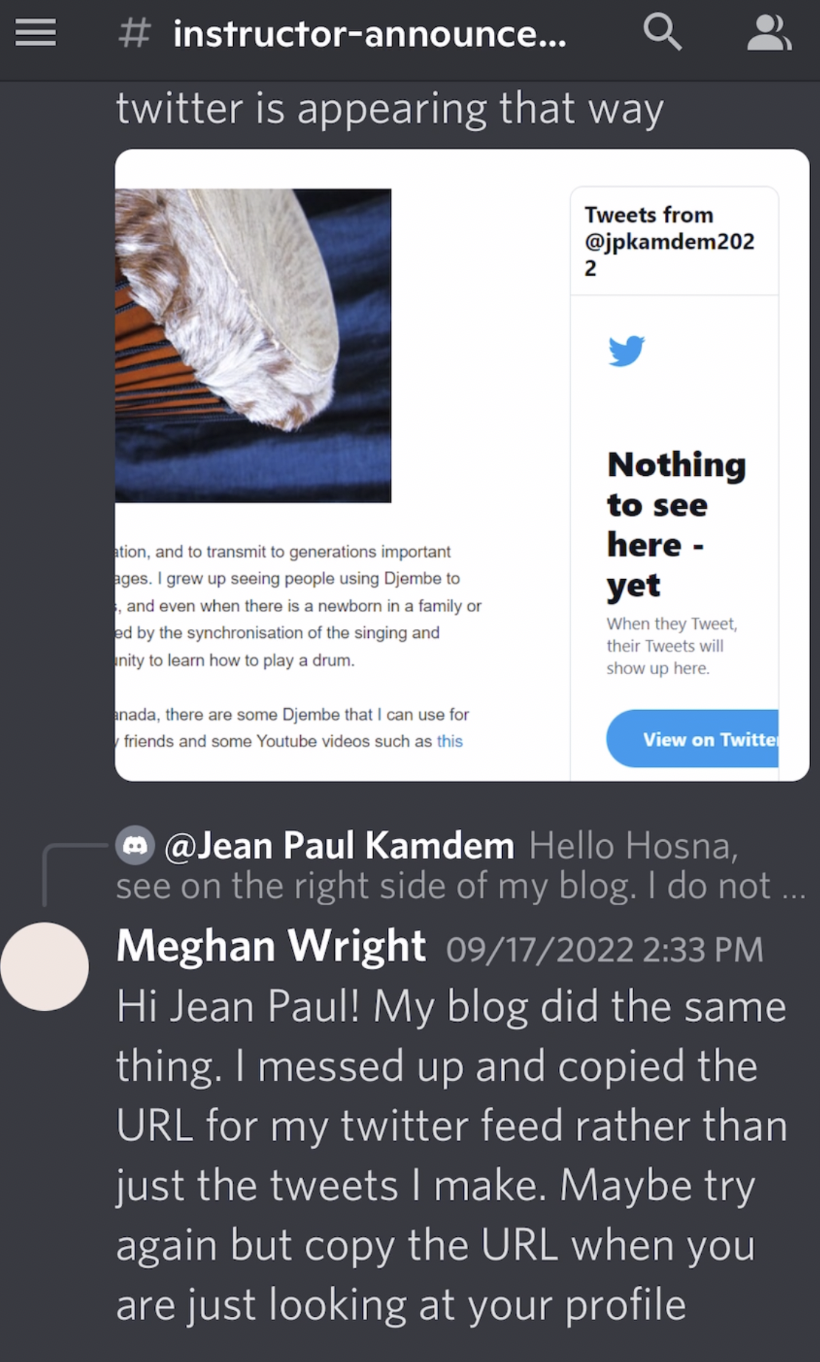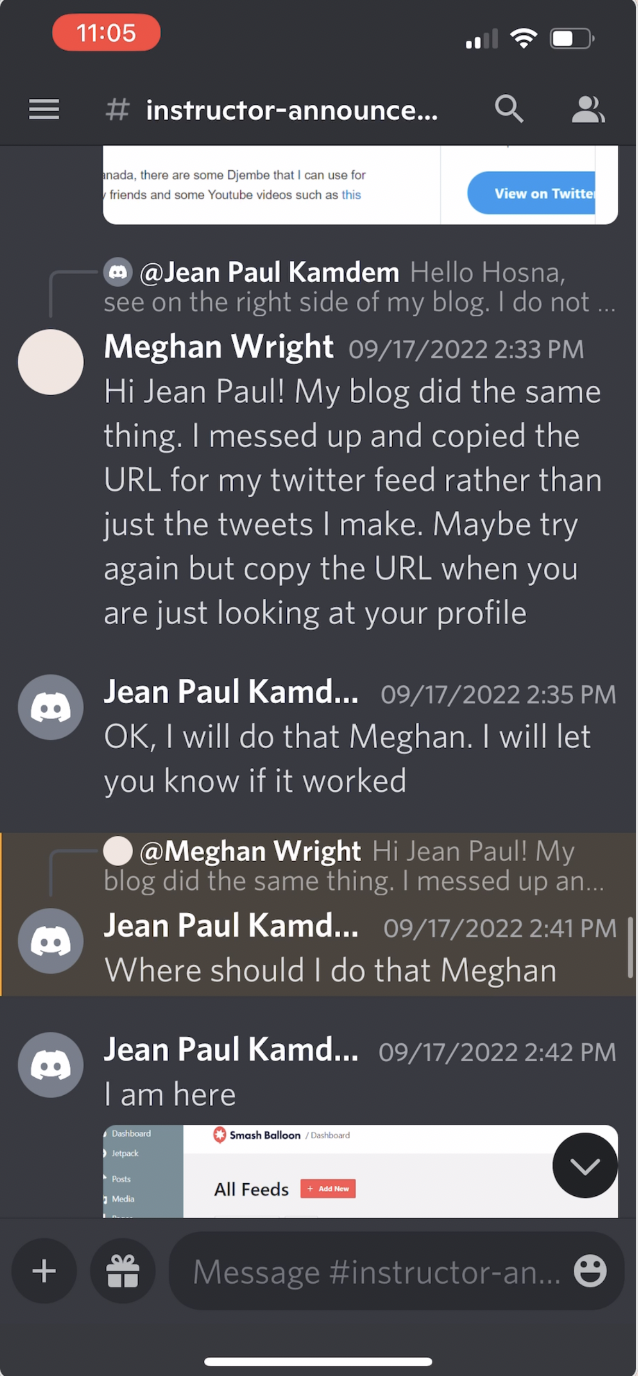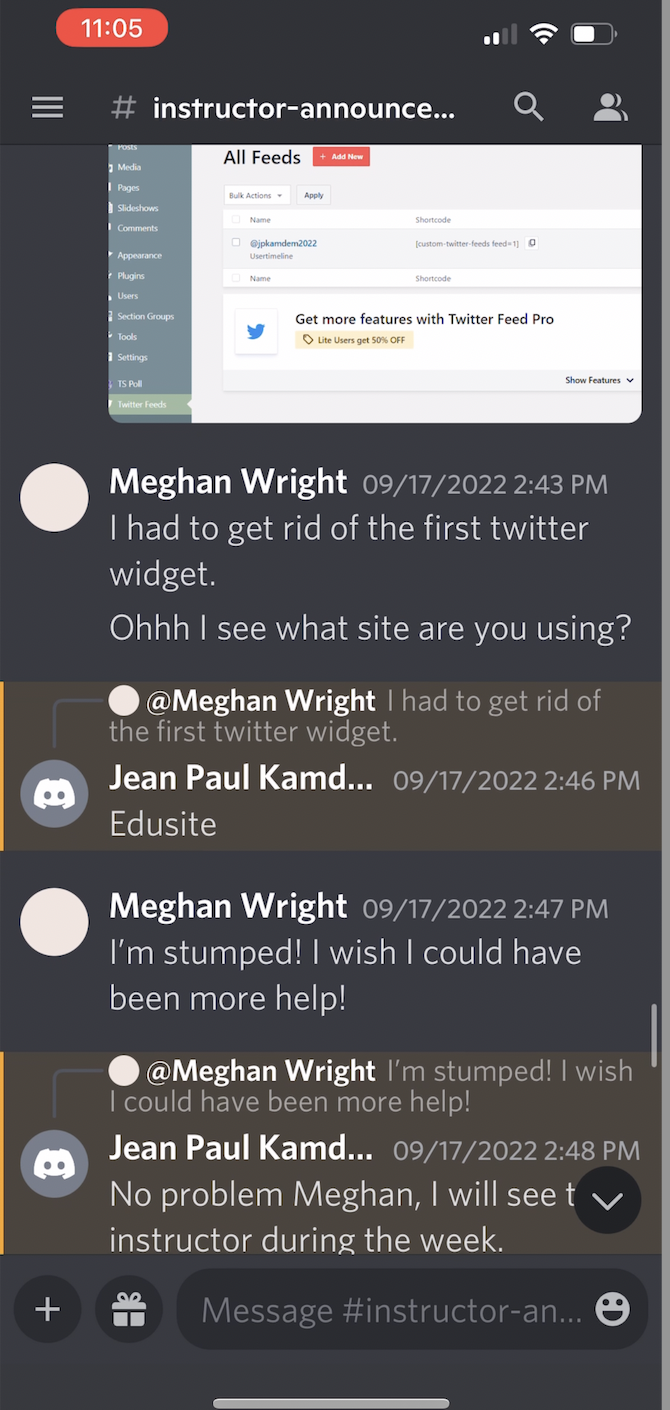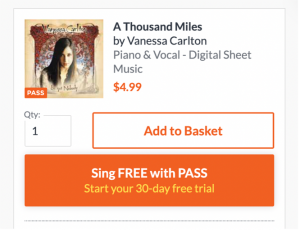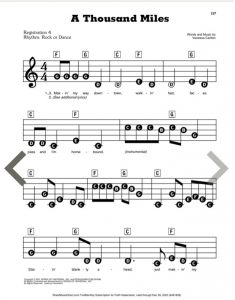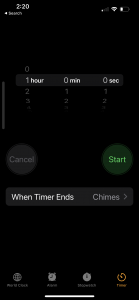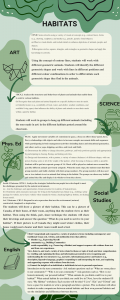For my final learning project, I played “A Thousand Miles” by Vanessa Carlton! I was so excited to be able to play the song, there was one part of the song that I struggled with, and I plan on practicing more. I think my next step in the song process is fixing up the part I am struggling with. Then I will work on memorizing the song so that I can whip out my piano-playing skills whenever there is a piano nearby.
When I was practicing for this song, I thought it would be funny to write out lyrics to the song that has something to do with our EDTC class. You can find the lyrics below, the bolded parts are my lyrics and the other half are the lyrics from “A Thousand Miles” by Vanessa Carlton.
Making my way downtown- Chillin in EDTC
Walking fast, faces pass and I’m homebound- Blogging it up, playing bops, and were learning
Staring blankly ahead- Zooming into class
Just making my way- ready to learn
Making a way through the crowd- Learning about Twitter
And I need you- and bios
And I miss you- and hashtags
And now I wonder- and now we all know
If I could fall into the sky- Blogs need links and images
Do you think time would pass me by?- We need posts not pages
‘Cause you know I’d walk a thousand miles- ‘Cause you know i did my learning project
If I could just see you tonight- and posted it online
It’s always times like these when I think of you- At 7pm we gathered round started to learn
And wonder if you ever think of me – Thinking about cybersaftey
‘Cause everything’s so wrong, and I don’t belong- Cause everythings so sad and things go bad
Living in your precious memory- trusting in internet strangers
‘Cause I need you- cause it’s scary
And I miss you- and dangerous
And now I wonder- and we hope our students know
If I could fall into the sky- If they dont know, we’ll help them learn
Do you think time would pass me by?- do not trust randos on Social sites
Oh, ’cause you know I’d walk a thousand miles- OH cause you know even friends of friends
If I could just see you tonight- just might not be real
And I, I don’t wanna let you know- And we, we built eportfolios
I, I drown in your memory- we, we expressed ourselves online
I, I don’t wanna let this go- we, we read eachothers posts
I, I don’t- we, we blogged
Making my way downtown- Now that we are all done
Walking fast, faces pass and I’m homebound- we will take what we learned to the classroom
Staring blankly ahead, just making my way- teaching our students, how to be
Making a way through the crowd- responsible and safe online
And I still need you- And we are still learning
And I still miss you- We’ll make mistakes
And now I wonder- but we’ll look back on
If I could fall into the sky- what we we learned, in EDTC
Do you think time would pass us by?- I know we will remember why
‘Cause you know I’d walk a thousand miles- we need to keep a strong digital
If I could just see you, oh-oh- IDENTITY
If I could fall into the sky- Our main takeaway from this course
Do you think time would pass me by?- To teach students to be safe online
‘Cause you know I’d walk a thousand miles- as well as use all our resources
If I could just see you- and broaden their minds
If I could just hold you- to give them the best
tonight- EDUCATION
Please find my voice memo of me playing “A Thousand Miles” by Vanessa Carlton, just a reminder, I am definitely not a piano-playing genius but I tried my best and I plan on continuing my progress.
I had a great time learning the piano and as I went through my past posts I found some photos that show just how much I love the piano. Whether it be smiling while I play or goofing around for the camera I had a blast.
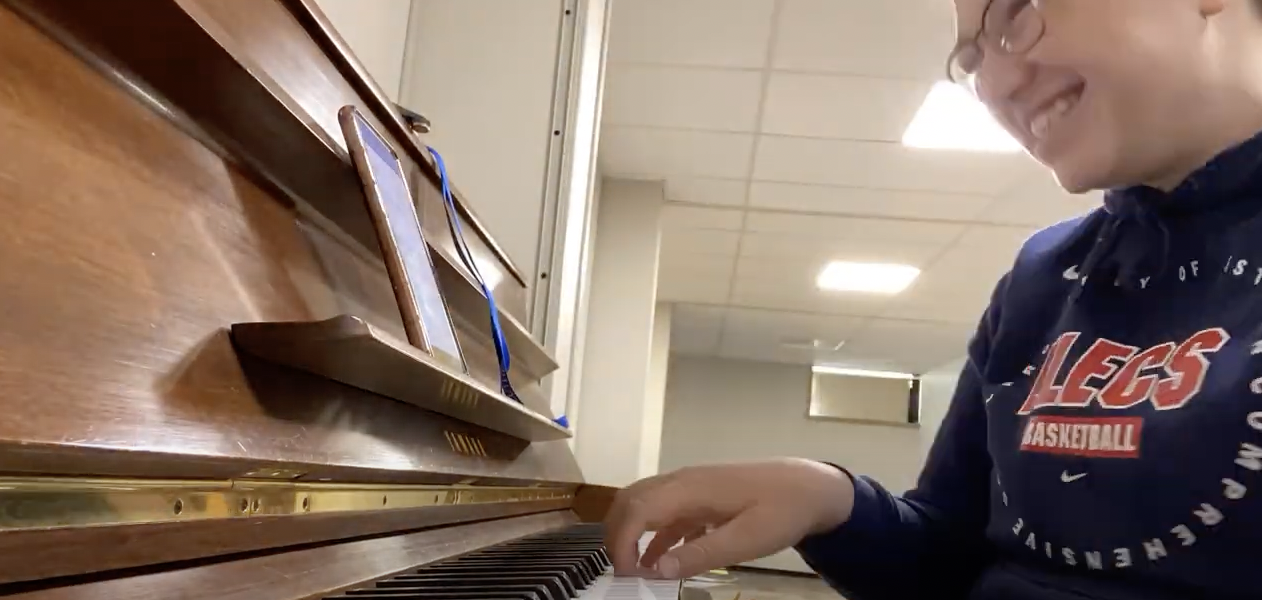
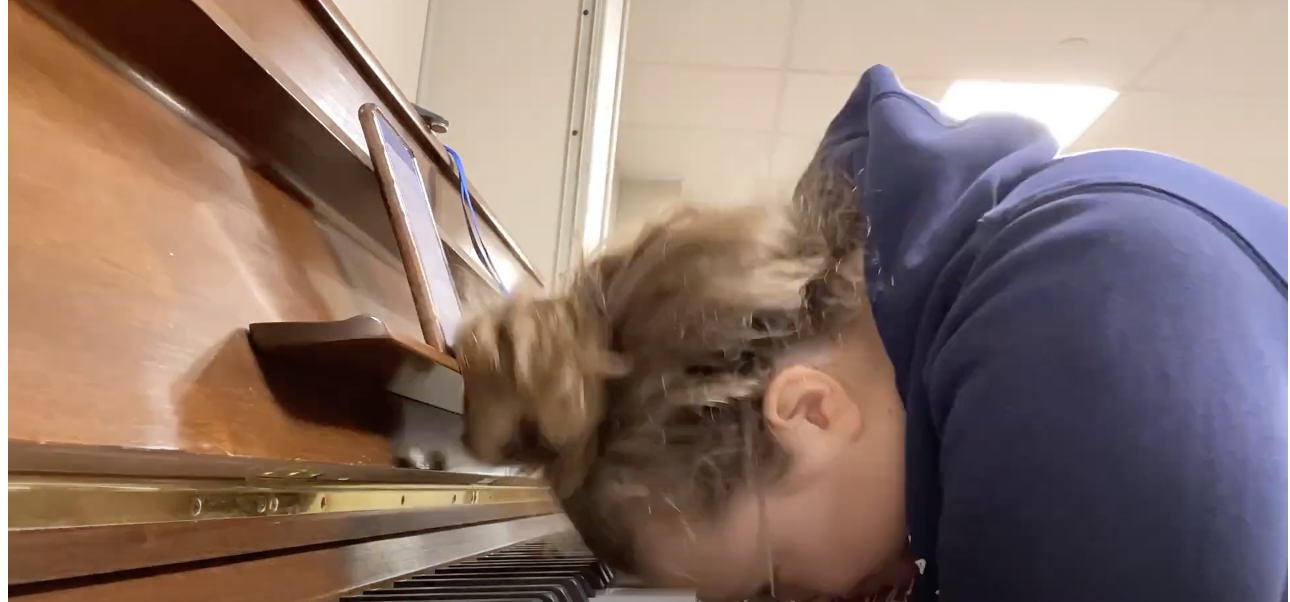
Thanks for reading, you’re a gem ?
I’ll catch you next time.
Meghan
Update: I went to Costco today and I sat down at the piano and continued to practice the section of the song I remembered.
I know the sound quality isn’t the best, but I am excited to practice whenever I get the chance.


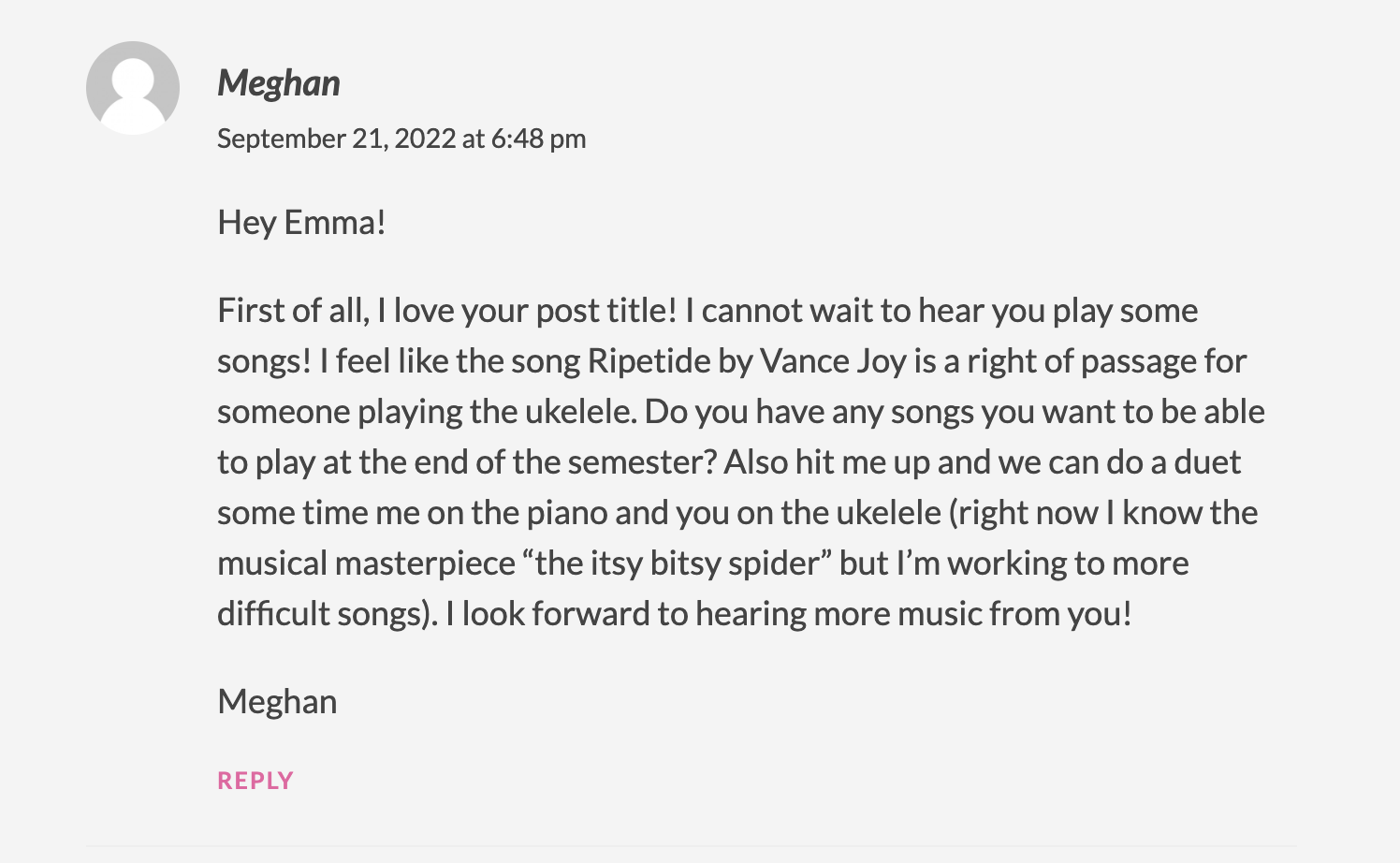
 Help Outside of the Classroom
Help Outside of the Classroom